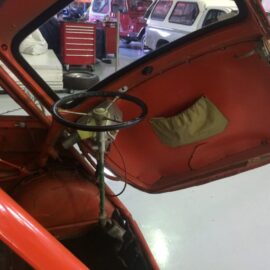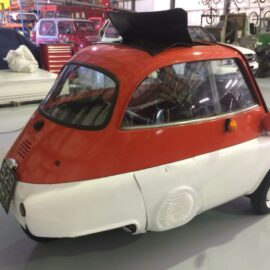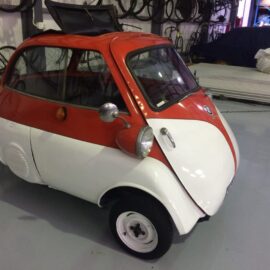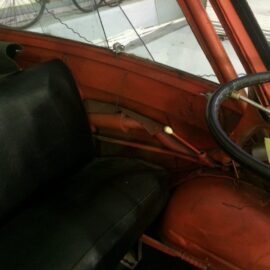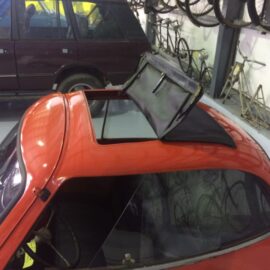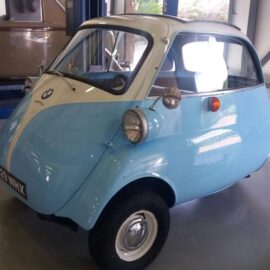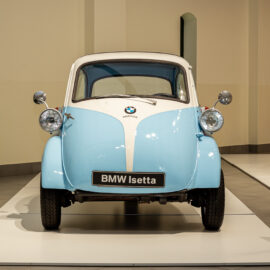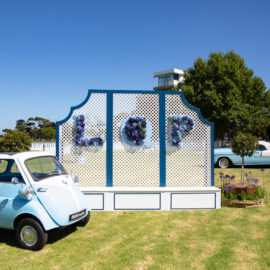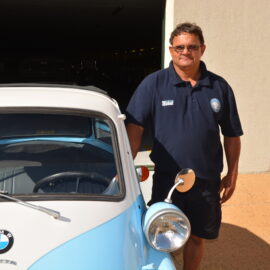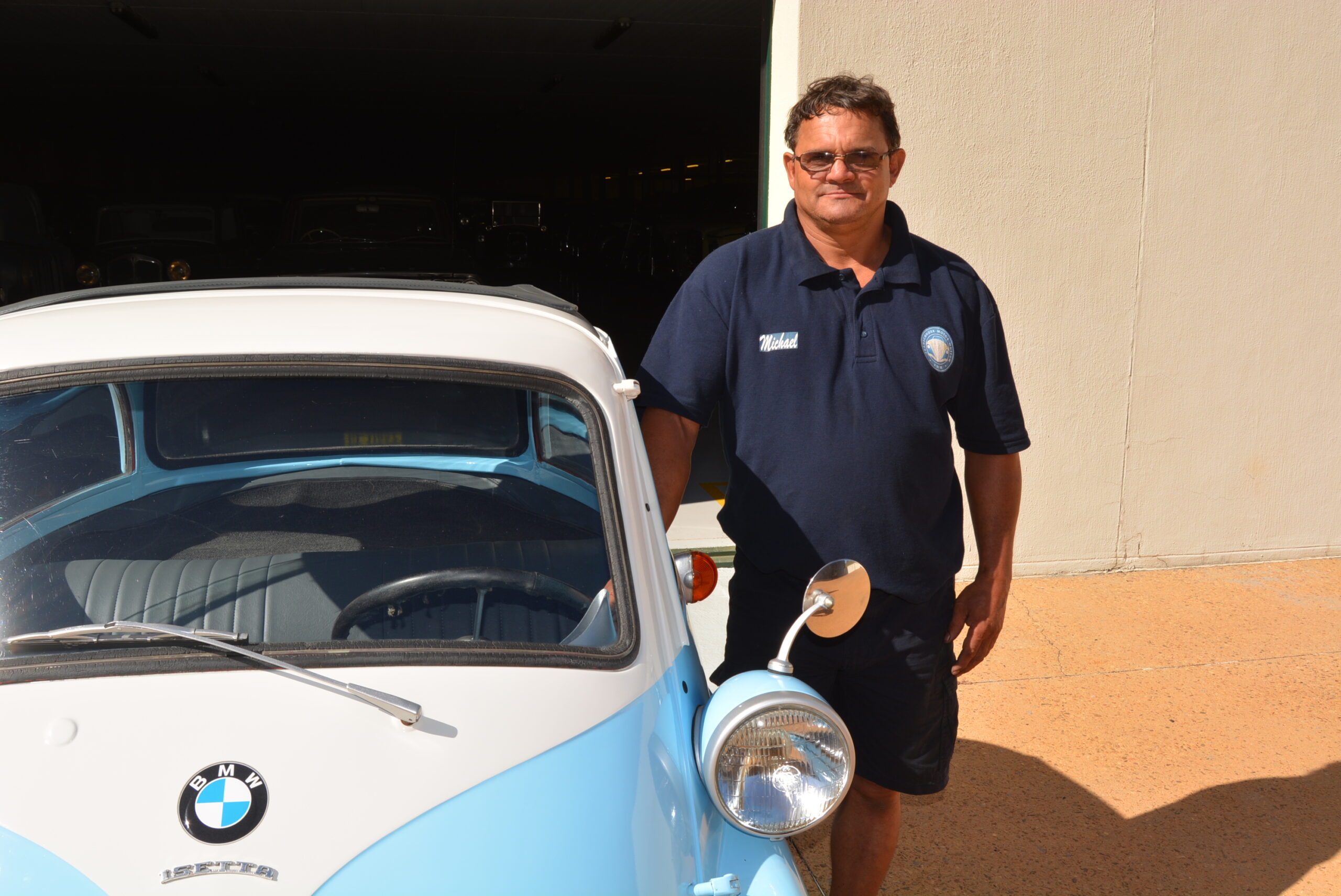
30 Mar Spanner Works: Michael van Graan
A regular feature outlining the activities of FMM’s workshop personnel who are responsible for repairing, renovating, refurbishing and restoring the museum’s large and varied collection of vehicles. This month we feature Michael van Graan, a man in a bubble…
While BMW was best known for its expensive luxury vehicles, the tremendous impact made by the diminutive Isetta bubble car may have been the masterstroke for BMW’s survival in the 1950s. The war had certainly left its mark on the economy and luxury vehicle market, so an urgent plan had to be made to try and recoup the company’s losses.
Enter Iso Rivolta. The Italian refrigerator manufacturer also happened to design and build minicars. At the 1954 Turin Motor Show, the BMW representatives found the solution to their problem in the Iso Isetta. There and then they decided to negotiate to obtain the design and production rights for the Isetta, most likely for a much lower cost to that of having to develop a product from scratch. In doing so, BMW created the bubble car era.
Of course, BMW had to stamp their mark on the car to some extent. This initially entailed a redesign of the engine, using an updated version of its R25 motorcycle engine. In 1956, the engine was upgraded again from 250 to 300 cc and a whopping 10 kW at 5 200 r/min, an increase of 1 kW. This is the version in the museum’s collection.
Michael van Graan, the workshop’s resident automotive cosmetic surgeon, was tasked with the restoration of the little Isetta. It was decided to use it as a mascot for the annual L’Ormarins Queen’s Plate, so the colour had to suit the event’s traditional theme of blue and white.
Firstly, all parts were removed and the car was stripped to bare metal. It had definitely been repaired to some extent before, but with an overuse of body filler, especially on the wheelarches. Michael set about straightening all the panels to ensure the least amount of filler was needed before the respray. The window channels were cleaned out properly and all rust was removed around the door handle, replacing it with newly fabricated sheet metal matching the curve in the door. Then, it was time for paint. All the trim and chassis items were prepared and repainted in their original colours, either gloss silver or gloss black. On the main bodywork, primer was sprayed to protect the sheet metal. Only a small amount of filler was used to smooth out spots before painting the second primer coat. The colours were done in two stages, with the blue painted first. Then, Michael carefully masked off the pattern for the white paint to be applied.
With the exterior looking fresh, attention was turned to the interior and its bits of trim. The seat was recovered with new grey vinyl and a brand new ragtop sunroof was installed.
During its first appearance at the 2018 L’Ormarins Queen’s Plate, the Isetta attracted a tremendous amount of attention. The bright baby-blue-and-white combination is indeed a winning combination on this endearing little bubble car.
There’s just something about a quirky little bubble car that gets people talking! The museum’s BMW Isetta 300 is no exception. Great job, Michael!




